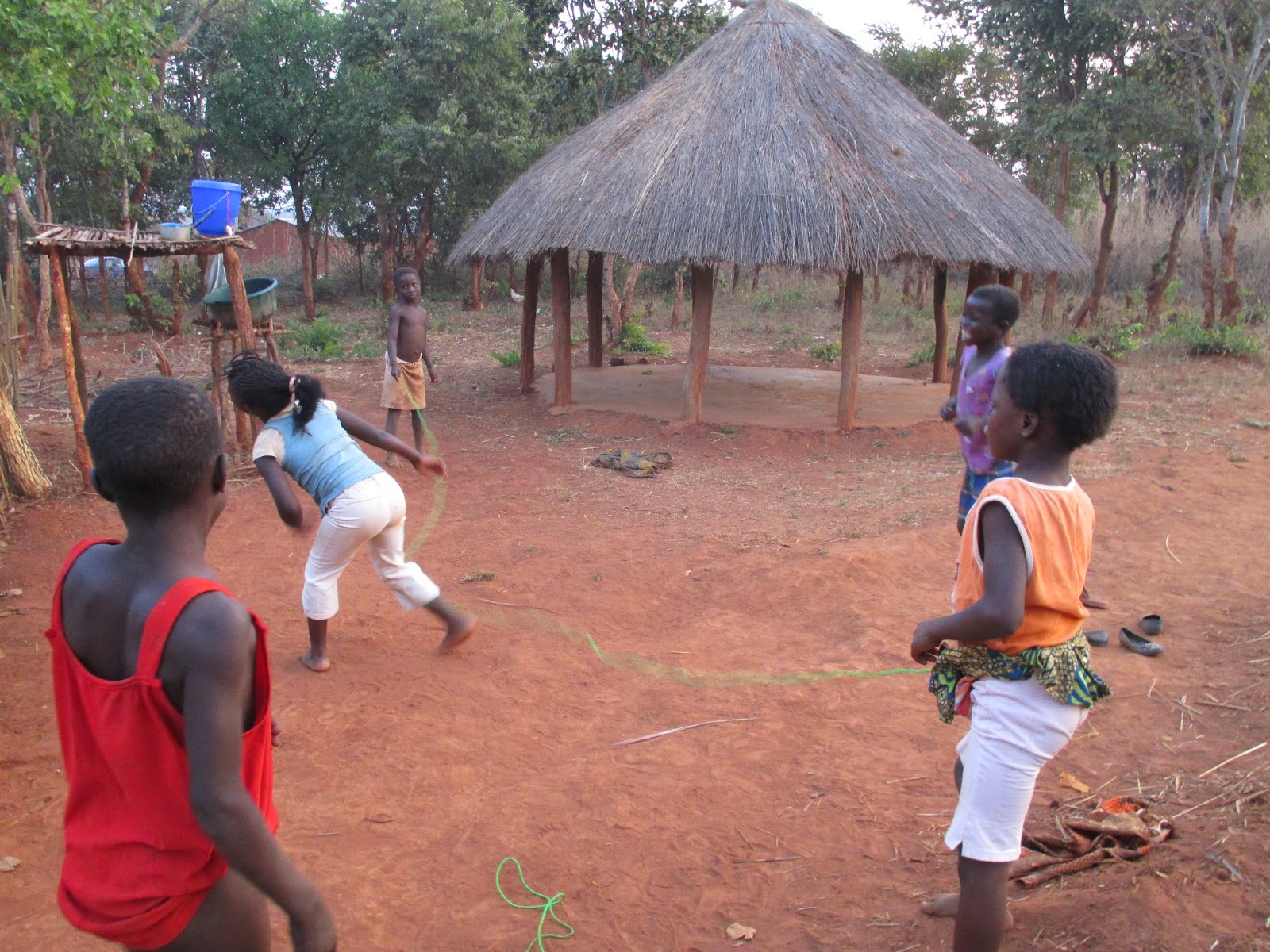As a first-generation LIFE Volunteer in my community I had a
challenging first four months of my service thinking up and developing projects
for my community. The LIFE program, which is an acronym for Linking Income and
Food with the Environment, is open to several primary and secondary projects
and it is up to the individual Volunteer to assess the needs in the community.
The Peace Corps does not assign projects, but Peace Corps staff is available
for guidance.
First I met with chiefs, headmen, and members of the
community and performed a needs assessment. Since I am a LIFEer I found my
community has an interest in growing fruit trees.
Agroforestry is the discipline behind the LIFE program and I have been trained to fill the role as forestry extension agent; in other words, I help the Zambian Forestry Department with forestry education and tree planting.
Agroforestry is the discipline behind the LIFE program and I have been trained to fill the role as forestry extension agent; in other words, I help the Zambian Forestry Department with forestry education and tree planting.
Along with tree planting projects I work with the school in
my community teaching an afterschool geography club, I help at the medical
clinic, I tutor children who go or don’t go to school, and I help with HIV
awareness.
It’s now six months into my two year service and I am
finding myself very busy. I am lucky. It doesn’t always happen for all Peace
Corps Volunteers to stay busy. At least all of us make some kind of positive
difference in our communities.
Planting my first tree in Mumena Village as the school children watch. I find it important to name the trees because it helps the children feel the tree is more personalized and will increase the chances of the tree to be taken care of. This tree is named the 'Mumena Tree'.
Along with the Mutanda Research Center team grafting lemon root stock to orange scions (orange tree clippings) to produce orange trees. Lemon root stock is drought resistant and grows well in most types of soil. We grafted well over 100 trees which will be distributed to local farmers. This is my first time grafting. If 50% of my trees take, then I am a skilled grafter. The plan is for me to teach the grafting technique to the farmers who acquire the trees so they can continue producing more trees on their own. They can then produce oranges to eat, sell, and sell seedlings which can be sold for 50 kwatcha which is a fabulous income generating activity.
Along with the Mutanda Research Center team grafting lemon root stock to orange scions (orange tree clippings) to produce orange trees. Lemon root stock is drought resistant and grows well in most types of soil. We grafted well over 100 trees which will be distributed to local farmers. This is my first time grafting. If 50% of my trees take, then I am a skilled grafter. The plan is for me to teach the grafting technique to the farmers who acquire the trees so they can continue producing more trees on their own. They can then produce oranges to eat, sell, and sell seedlings which can be sold for 50 kwatcha which is a fabulous income generating activity.
Some of the many children who come to my site to read, draw, and learn how to write their names.
































.JPG)

















